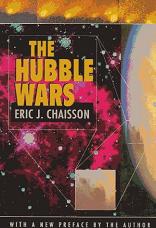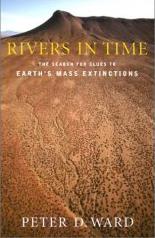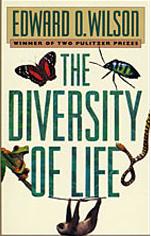
The Hubble Wars
Eric J. Chaisson
386 pages including index
published in 1994/1998
Having worked on a somewhat troubled project for the past few years, it’s a great comfort to know that even big science projects like the Hubble Space Telescope can suffer from similar problems. In Hubble’s case, bad project management and quality control meant it was only discovered after the space telescope had been launched that its main mirror had a serious flaw in its grinding which meant that it couldn’t focus properly. But that was only the most *ahem* visible of the Hubble project’s problems, as Eric J. Chaisson explains. And he should know, as he was a senior staff scientist at the Space Telescope Science Institute when these problems occurred and hence had a first rank seat for them.
The Hubble Wars was originally published in 1994 and based on notes Chaisson made during Hubble’s commisioning period after launch, when the problems with the lens, as well as several others first cropped up. This then was largely written in the heat of the moment, without the benefit of hindsight, even if the edition I got out of the library was the updated 1998 one. This update was largely confined to a new foreword, an attempt to correct some of the misconceptions and hyberbole in the news coverage of Hubble discoveries. The rest of the book was largely left unchanged, though every now and then new developments are alluded to — and they’re not always well integrated. But that’s just a minor quibble. What remains is an important insight in how a big science project can go wrong, as it happened.


